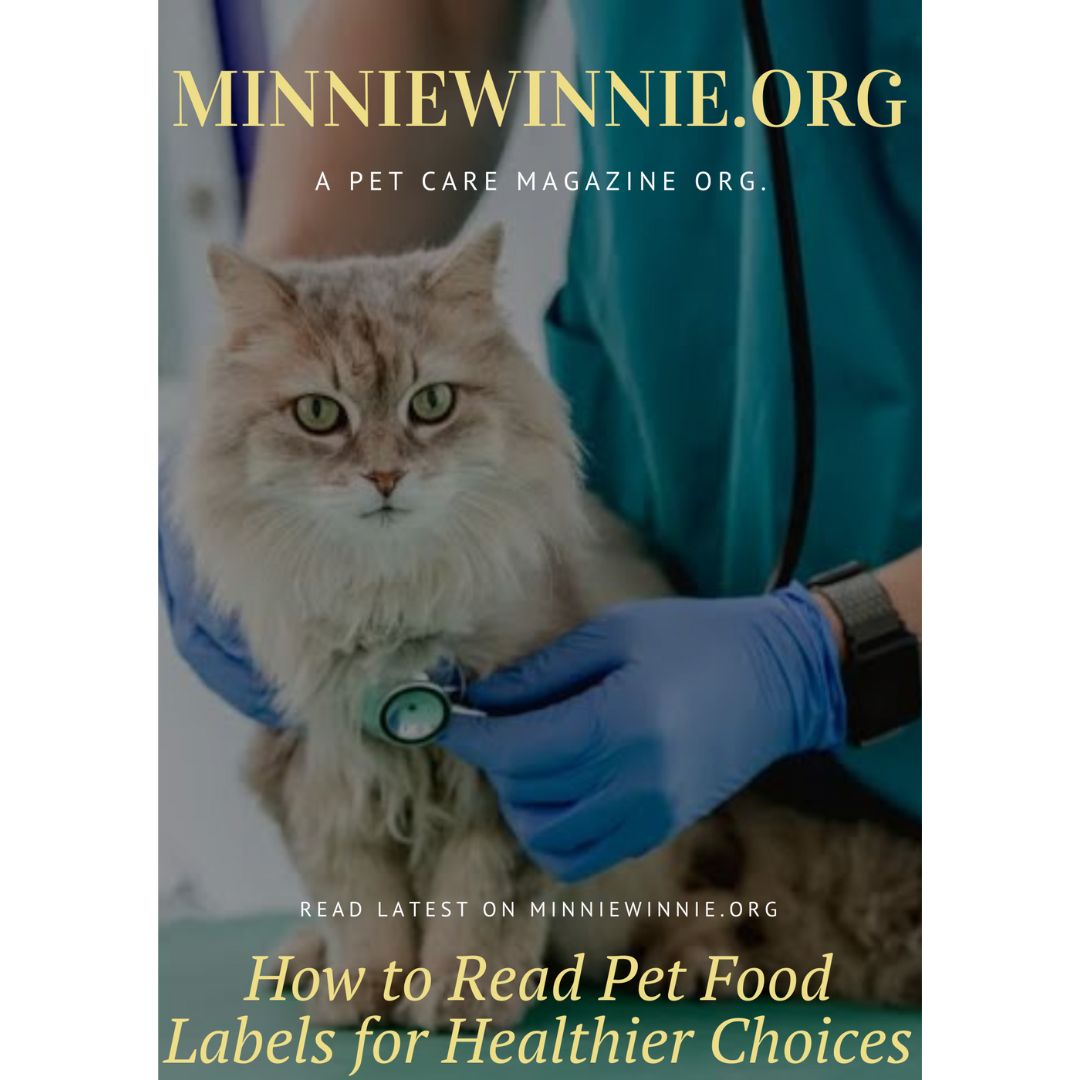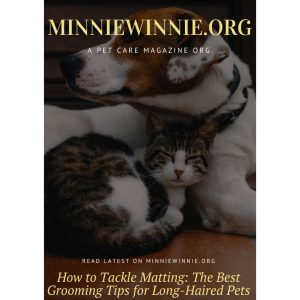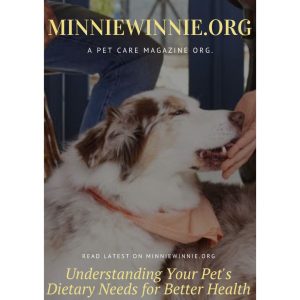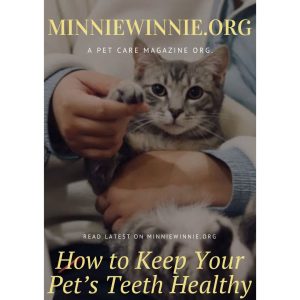How to Read Pet Food Labels for Healthier Choices
Understand the Ingredient List
The ingredient list is the most important part of any pet food label. Ingredients are listed in order of weight, with the heaviest ingredients at the top. Look for whole foods like chicken, beef, or fish as the first ingredient, as these are high-quality protein sources. Avoid pet foods with vague ingredients like “meat by-products” or “animal fat,” which can be less nutritious.
Look for High-Quality Protein Sources
Protein is a crucial part of your pet’s diet, and the first ingredient should ideally be a named protein source (e.g., chicken, turkey, lamb). Proteins are necessary for muscle development and energy. Be cautious of pet foods that list “meat meal” or “by-products” as the primary protein sources, as these can be lower in nutritional value.
Check for Whole Grains and Vegetables
Whole grains, such as brown rice, oats, and barley, offer fiber and essential nutrients for digestion. Vegetables like sweet potatoes, peas, and carrots are also good sources of fiber, vitamins, and antioxidants. Avoid foods that rely heavily on fillers like corn, soy, or wheat, which may not provide the same level of nutrition.
Look for Healthy Fats
Fats are essential for energy and a shiny coat. Look for named fat sources like “chicken fat” or “fish oil,” which provide omega-3 and omega-6 fatty acids. These fats promote skin health, reduce inflammation, and help maintain a healthy coat. Avoid pet foods with artificial fats or unspecified fat sources.
Check for Nutritional Adequacy Statements
Pet food labels should feature a nutritional adequacy statement, which indicates whether the food meets the specific dietary needs of your pet. Look for a statement from an organization like the Association of American Feed Control Officials (AAFCO), which ensures the food is nutritionally complete. A statement such as “Complete and balanced for adult dogs” or “Formulated to meet the nutritional levels established by the AAFCO Dog Food Nutrient Profiles” confirms that the food provides a well-rounded diet.
Avoid Artificial Additives and Preservatives
Artificial colors, flavors, and preservatives should be avoided in pet food. These ingredients do not offer any nutritional benefits and could be harmful to your pet’s health. Look for natural preservatives like tocopherols (vitamin E) or ascorbic acid (vitamin C), which help keep the food fresh without unnecessary chemicals.
Review the Guaranteed Analysis
The guaranteed analysis on the label provides information on the levels of key nutrients in the food, including crude protein, fat, fiber, and moisture. This section helps you assess whether the food meets your pet’s dietary requirements. For example, an adult dog food should contain a minimum of 18% protein and 5% fiber, but check with your vet to ensure the proportions are suitable for your pet’s age, breed, and activity level.
Consider Your Pet’s Special Needs
If your pet has special dietary needs (such as food allergies, sensitivities, or specific health conditions), it’s important to look for pet food that caters to those needs. There are many specialized formulas available, such as grain-free, hypoallergenic, or high-protein diets, designed to address various health concerns. Always consult your veterinarian to find the best food for your pet’s specific condition.
Choose Brands You Trust
Research brands and look for those that prioritize quality and transparency. Well-established brands that are regulated by authorities like AAFCO tend to offer healthier choices. Don’t hesitate to reach out to your vet or pet care community for recommendations on reputable brands that use high-quality ingredients.
Pay Attention to Serving Sizes and Caloric Content
Different pet foods have varying caloric densities, so it’s important to consider the serving size and your pet’s energy needs. Some pet foods may be calorie-dense, meaning you will need to feed smaller portions. Always measure your pet’s food and avoid overfeeding to prevent obesity, which is a growing concern among pets.
Conclusion
Reading pet food labels is an essential part of choosing healthier food for your pet. By focusing on quality protein, whole grains, healthy fats, and essential nutrients, you can ensure that your pet gets a balanced diet. Avoid artificial additives and be mindful of your pet’s specific health needs. With a little attention to detail, you can make informed choices that promote your pet’s long-term health and well-being.










